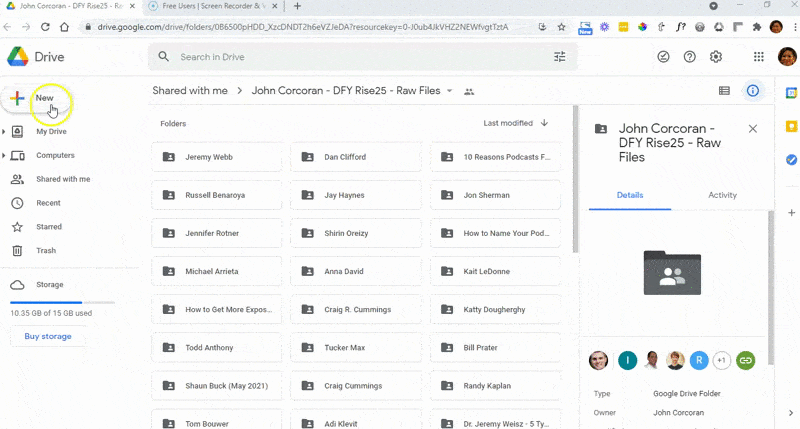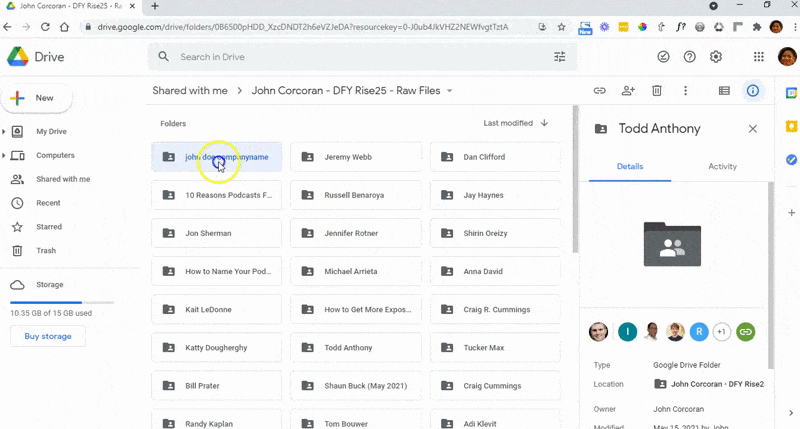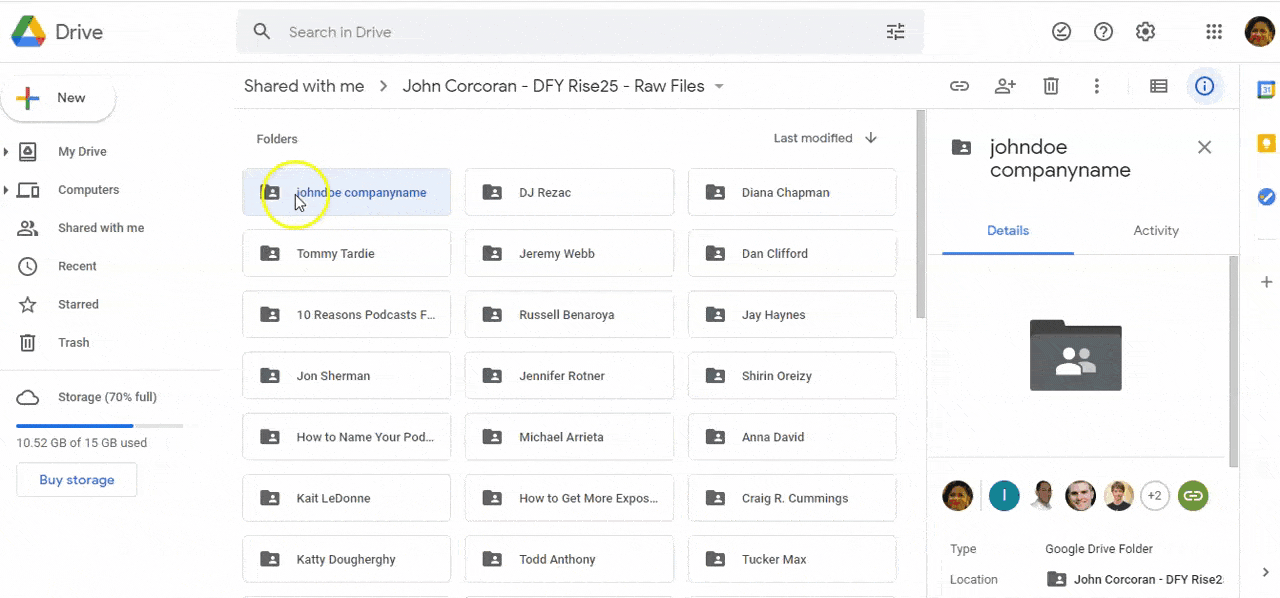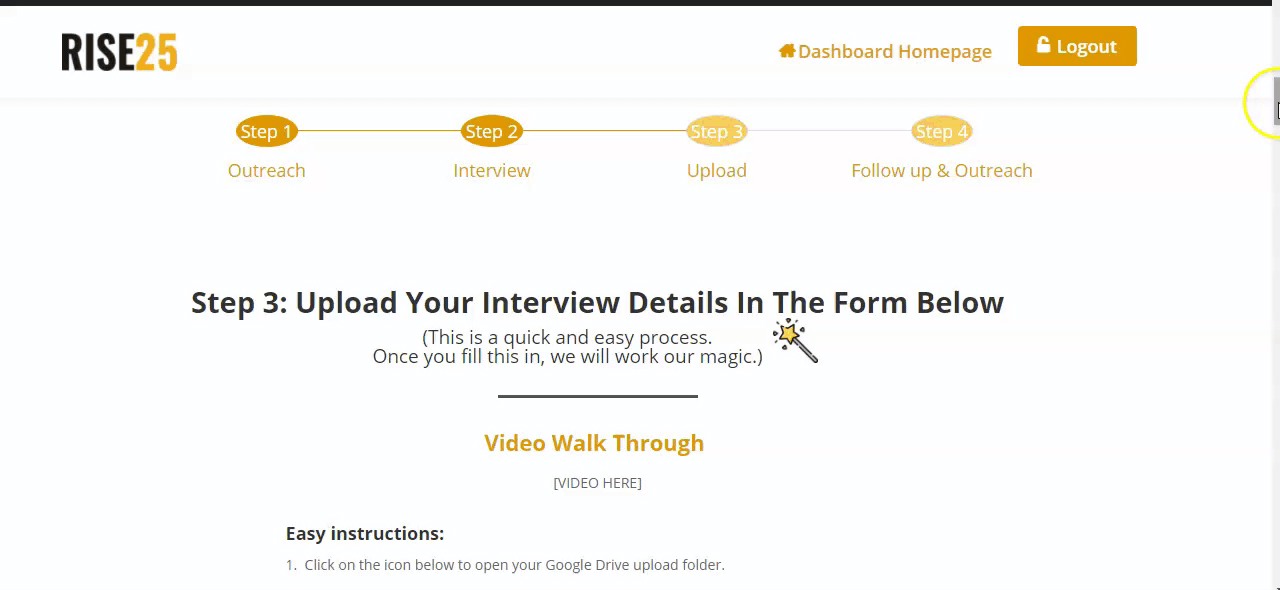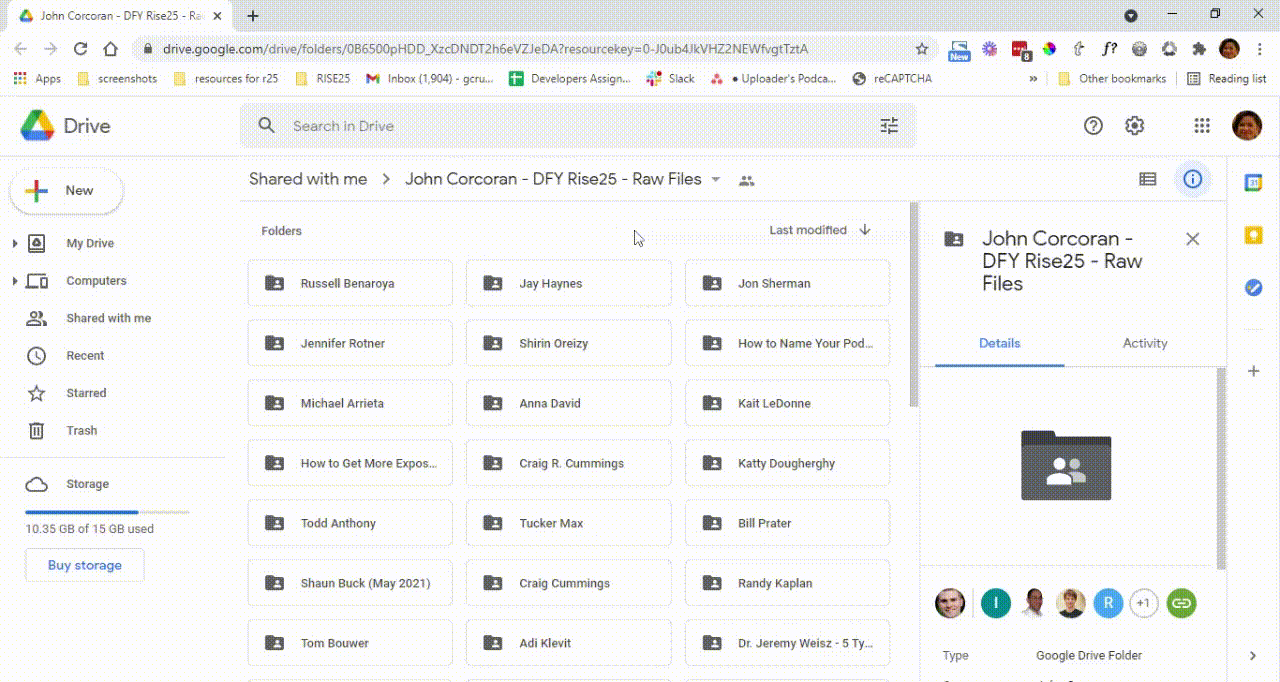How to Conduct and Run a Panel Interview
A well-managed panel interview brings a dynamic range of perspectives to your audience and fosters networking and relationship-building among guests.
Panel interviews can be tricky, which is why Jeremy Weisz offers tips on how to prepare for a panel interview, structure your questions, manage time effectively, and control the conversation to prevent chaos. He explains the importance of addressing each panelist individually to avoid confusion and allows participants to provide unique insights. Jeremy also elaborates on strategies involving inviting guests based on a prominent panelist, leveraging existing relationships to nurture new ones.
Remember, a balance between structured and spontaneous discussions can enhance the richness of content. Allowing spontaneous interactions among panelists can result in captivating banter and engaging content. While preparing for a panel interview, take time to outline your questions, determine a sequence for posing questions to your panelists, and embrace the dynamic, multi-perspective nature of a panel discussion. Your audience and guests will thank you for it.
1. Pre-interview Preparation
The first step in preparing for a panel interview is identifying the guests and determining the order of questioning. You can also build a set of questions, ideally around seven, you want to ask during the interview. Remember that panelists may provide overlapping answers, so plan to have extra questions prepared. Communicate with your guests ahead of time about the format and order of the questioning to avoid confusion during the panel discussion.
2. Directing Questions
During the panel interview, it’s crucial to address each guest by their name when asking questions. This prevents multiple panelists from answering at the same time and maintains a smooth flow of conversation. For example, instead of saying, “What was your best-performing email newsletter?” you could phrase the question as, “Brian, tell me about your best-performing email newsletter.”
3. Sequence and Control
Keep track of time as each person’s response will take up a part of the interview’s duration. To give all panelists an equal opportunity to articulate their thoughts, consider asking questions in a reverse sequence. This approach gives the last person extra time to think about their response. It’s important to retain control of the interview and prevent it from becoming chaotic, but also allow room for spontaneous interactions between panelists.
4. Nurturing Relationships
Panel interviews can serve as an excellent platform for nurturing existing relationships and forging new ones. You can invite guests who wish to meet or be on the panel with a prominent guest or ask an existing guest to invite someone else to join the panel, expanding your network and the range of perspectives shared during the interview.
5. Allowing Spontaneous Interactions
While the interview needs to maintain structure, allowing guests to interact with each other, ask questions, and share their thoughts can lead to unique discussions and enrich the interview’s content. This balance between structure and spontaneity is key to creating engaging and dynamic panel interviews.


